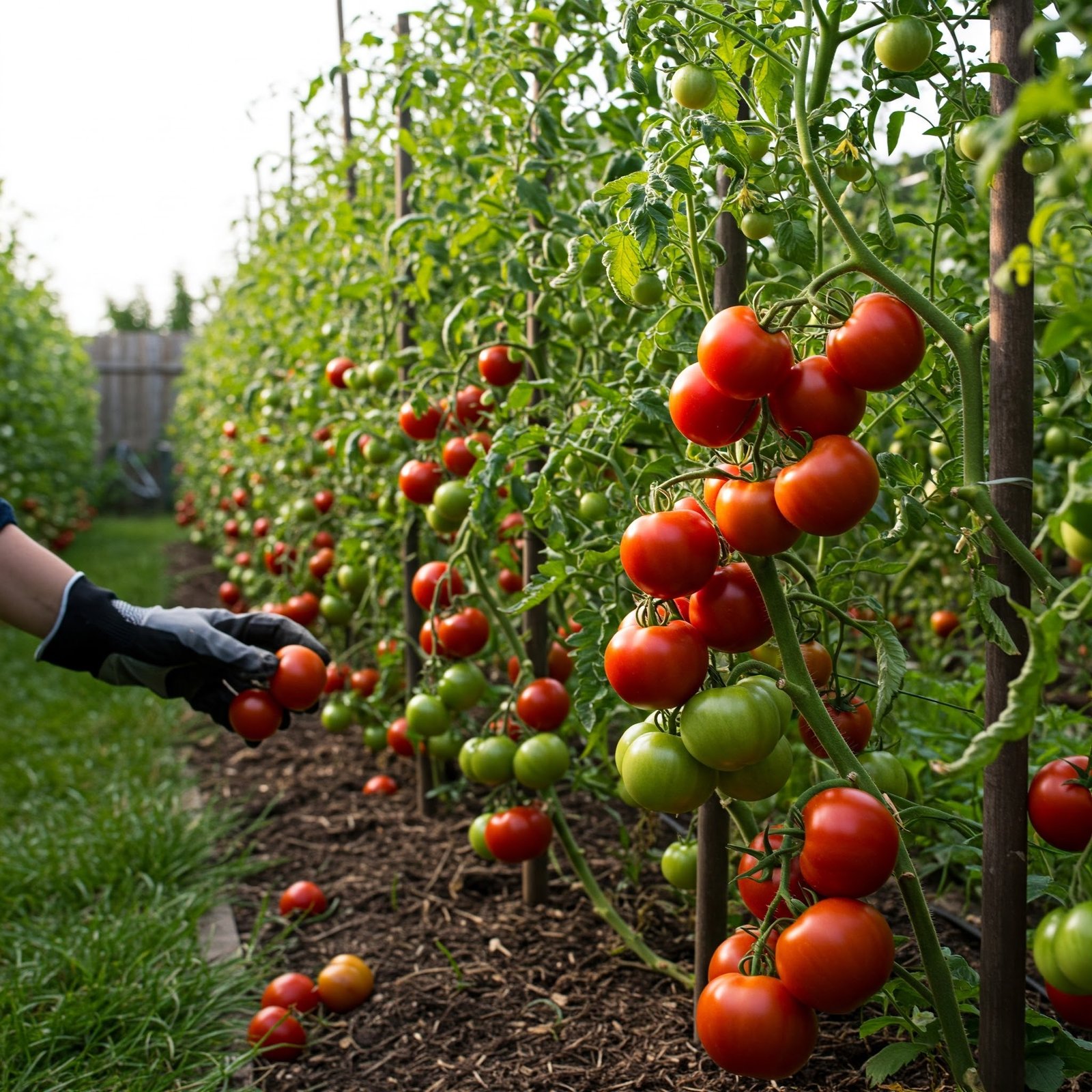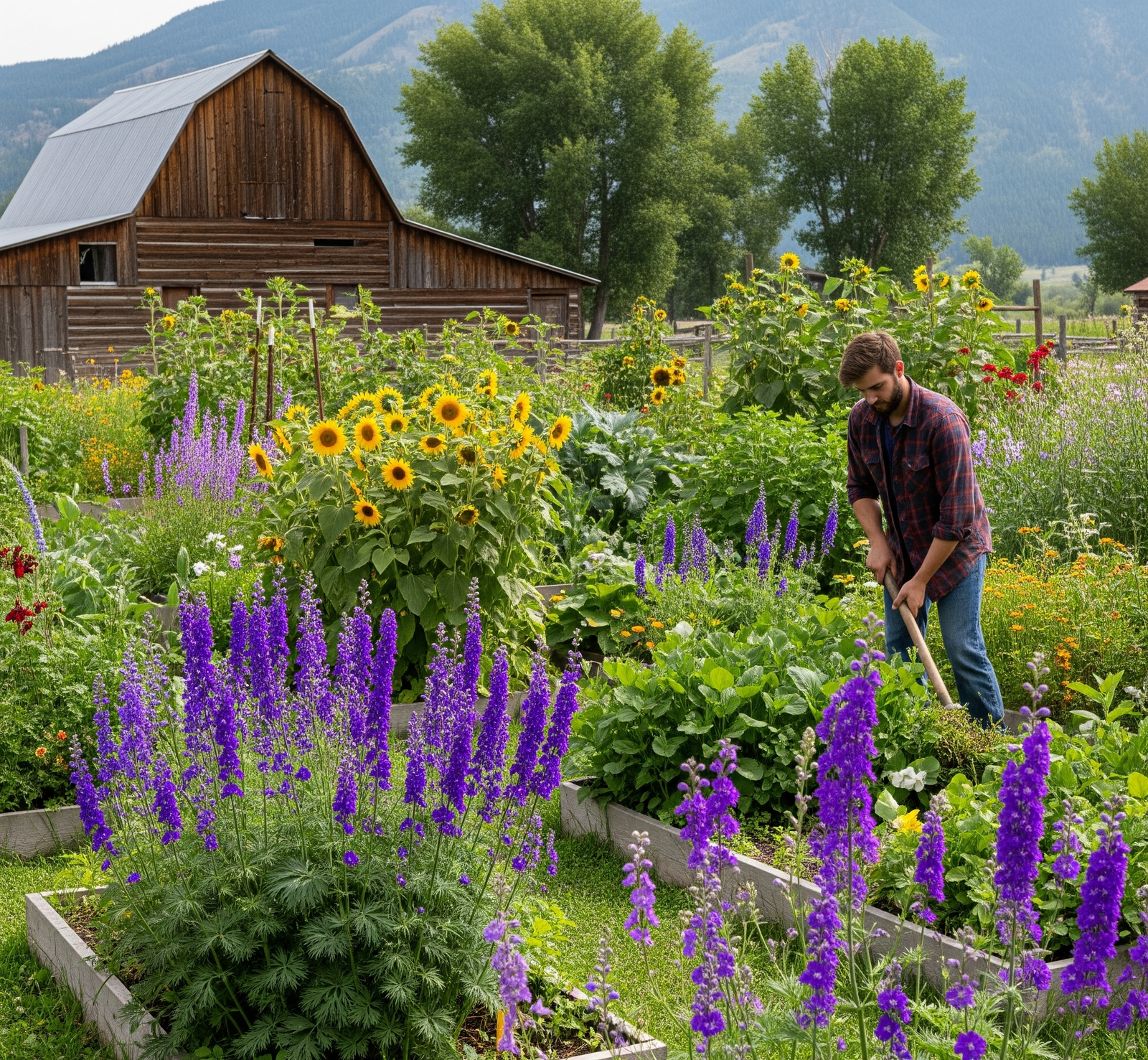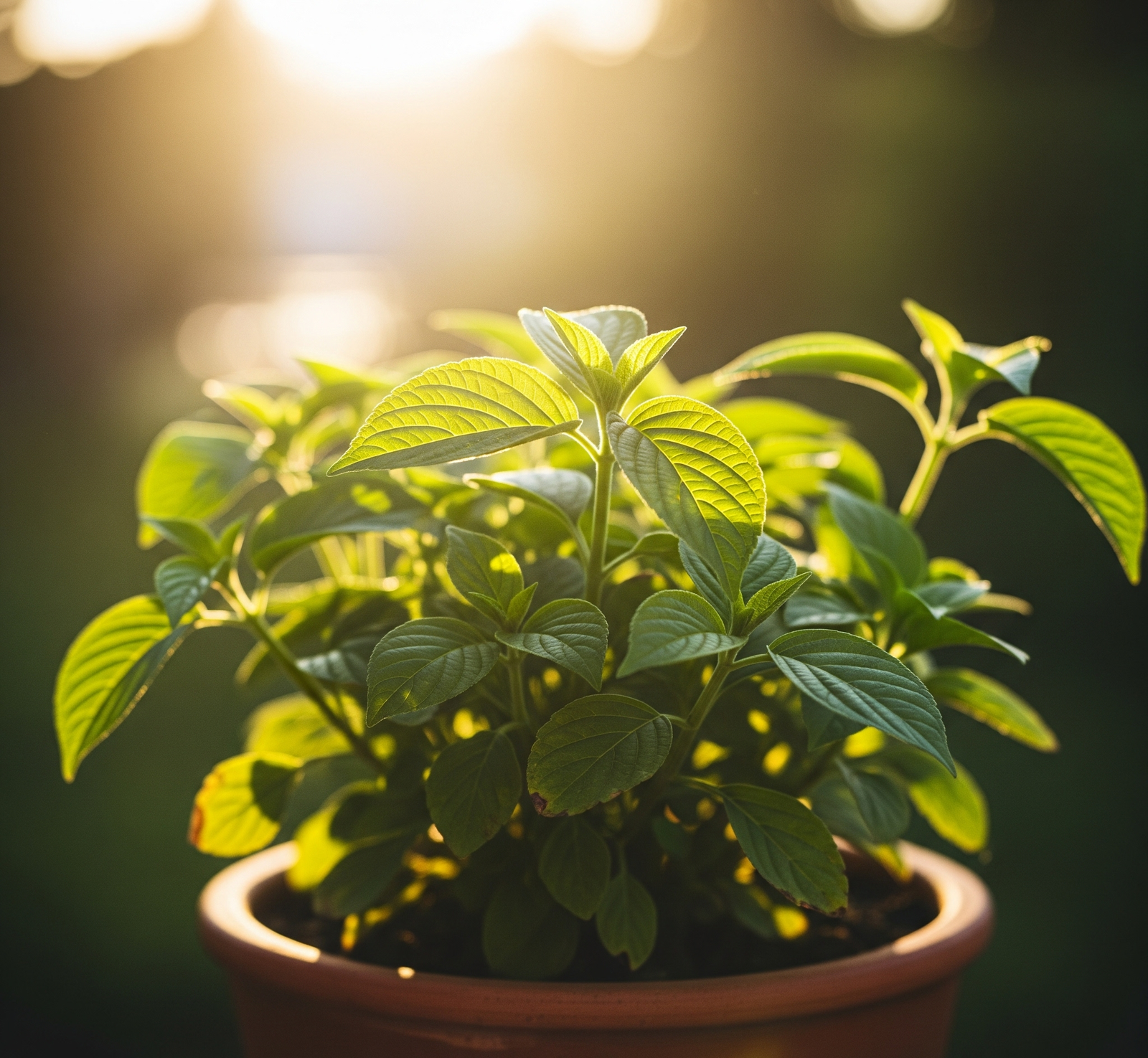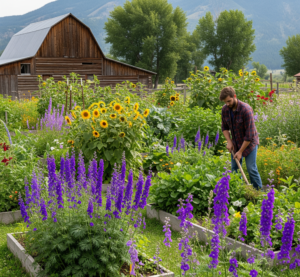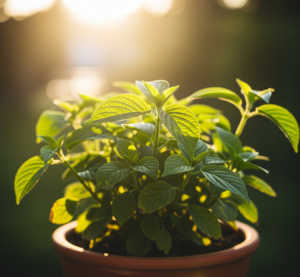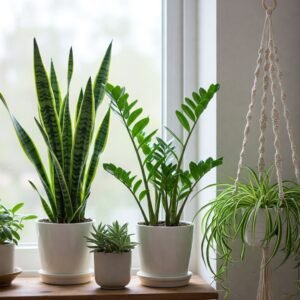How to Grow Juicy Tomatoes in Your Backyard
Tomatoes straight from the backyard, bursting with flavor, are hard to beat. Store-bought ones rarely compare to the juicy, sun-ripened kind you can grow yourself. With a little know-how and some effort, your backyard can become a tomato haven. Here’s how to make it happen.
Choosing the Best Tomato Varieties for Juicy Results
Not all tomatoes are created equal. If you’re chasing that juicy bite, go for varieties known for their flavor and fleshiness. Heirlooms like Brandywine or Cherokee Purple deliver rich, succulent fruit. For something smaller but still juicy, try Sweet Million cherry tomatoes. They’re prolific and pop with sweetness. Check your local nursery for plants that thrive in your climate; heat-loving types do better in warm zones, while shorter-season picks like Early Girl are suited to cooler spots. Match the plant to your backyard’s vibe. Heirlooms that sprawl need room, while compact bush varieties fit snugly into tight spaces.
Preparing Your Backyard for Tomato Success
Tomatoes crave sun—six to eight hours daily—so scout a bright patch. Soil matters, too. Dig in some compost or aged manure to loosen the soil and add nutrients; tomatoes dislike heavy, soggy dirt. Test drainage by soaking the spot—if water pools for hours, consider raising the bed or mixing in sand. Space plants about two feet apart; crowding leads to weak growth and reduced fruit production. Stakes or cages are non-negotiable. Those juicy beauties get heavy, and you don’t want them rotting on the ground.
Planting Tomatoes | Step-by-Step Guide
Start with vigorous seedlings, not seeds, unless you’ve got a greenhouse setup. Dig a hole deep enough to bury the stem up to the first set of leaves—roots will sprout along it, making the plant sturdier. Drop in a handful of crushed eggshells for calcium; it helps prevent blossom-end rot, which can ruin the juicy potential of your tomatoes. Set the plant in, fill it with soil, and press gently. Water it well to settle the roots, but avoid overwatering. Timing’s key plant after the last frost when nights stay above 50°F, or your tomatoes will sulk.
Watering and Feeding for Plump, Juicy Tomatoes
Consistency is everything. Keep soil moist but not swampy—about an inch of water weekly, more if it’s scorching. Drip hoses or soaker lines are more effective than overhead sprinklers; wet leaves invite fungus. Mulch with straw or grass clippings to lock in moisture and keep dirt off the fruit. Feed them every two weeks with a balanced fertilizer, such as 10-10-10, or opt for a natural option like fish emulsion if you prefer that. Too much nitrogen pumps up leaves instead of fruit, so don’t overdo it—juicy tomatoes need the right balance.
Protecting Your Tomato Plants from Pests and Problems
Backyard tomatoes draw freeloaders. Hornworms can strip leaves overnight—pluck them off and toss them far. Aphids? Blast them with a hose or use insecticidal soap if they’re stubborn. Fungal spots, such as early blight, appear as yellowing leaves with dark rings. Snip the affected parts quickly and discard them, not in the compost. Good airflow helps—don’t let plants get bushy. Watch for cracked fruit after heavy rain; it’s a sign to reduce watering. Stay vigilant, and your harvest stays intact.
When and How to Harvest Your Backyard Tomatoes
Juicy tomatoes peak when fully colored—red, purple, or whatever hue your variety promises. Give a gentle squeeze; ripe ones yield slightly without mushiness. Twist them off the vine, or use clippers to avoid tearing the plant. Pick in the morning when they’re calm and firm—heat softens them fast. Don’t wait for perfection; slightly underripe ones ripen fine indoors. Taste one fresh off the stem; that’s your reward for the work.
Top Tips for a Bumper Tomato Harvest
Deadhead suckers—those little shoots between main stems and branches—focus energy on fruit, not foliage. Rotate planting spots yearly if possible; it reduces disease buildup. Toss a few marigolds nearby—they repel pests and look sharp. If summer drags on, prune lower leaves to push a late flush of tomatoes. And don’t skimp on support. Those laden vines snap without it. Experiment with what works in your yard; every season teaches you something.
That’s it, your roadmap to juicy, backyard-grown tomatoes. It’s less about magic and more about paying attention. Get the basics right, and you’ll be slicing into fruit that makes the effort worth it. What’s stopping you? Grab a shovel and start digging.
